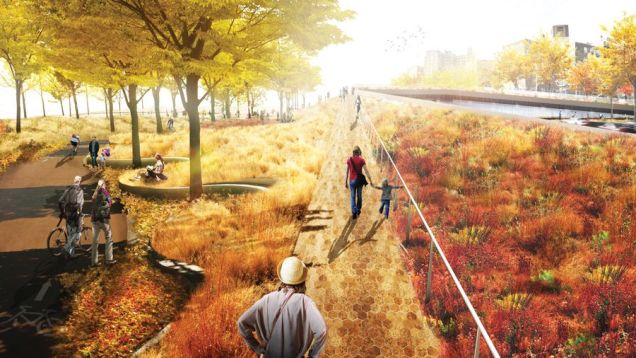Hurricane Sandy made landfall two years ago last night, sparking one of the largest natural disasters New York has ever seen. In the 24 months since, New York has changed in dozens of unexpected ways — and it’s just going to change more.
The storm was a vehicle for change, as well as a wake-up call for a city that is only going to be threatened by more big storms and rising tides. On the second anniversary of the storm, here are a few ways we’re adapting.
The City’s New Prototype Disaster Shelters

The storm also forced the city’s Office of Emergency Management to consider a hard truth: What would happen if thousands of New Yorkers were left in a disaster zone without housing. Earlier this year, the OEM constructed a >prototype disaster shelter near the Brooklyn Bridge.
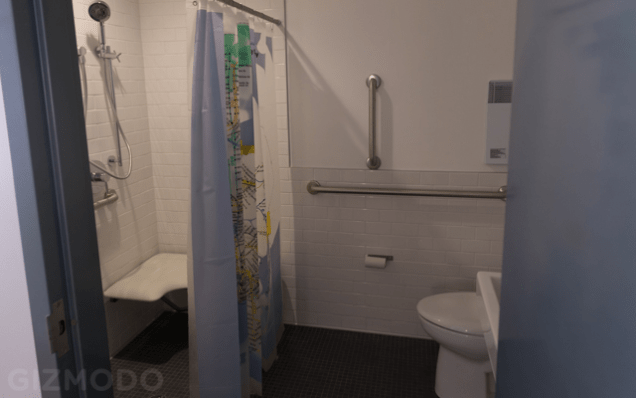
These one-bedroom and three-bedroom dwelling units are designed to serve as long-term housing for New Yorkers who are displaced by storms. They’re easy to move and stack, thanks to their shipping container shape, and they include details like full, modern bathrooms and storage space — vital for New Yorkers who might be stuck living in them for years. The OEM has actually installed occupants in the prototypes, and they will spend the next two years studying how well they work.
It’s Completely Revamping Our Warning Systems
Sandy revealed many things about how deeply unprepared we were for a major catastrophic event, but by doing so, it spurred the city and federal government to instigate major changes. For example, FEMA released updated, realistic flood maps.
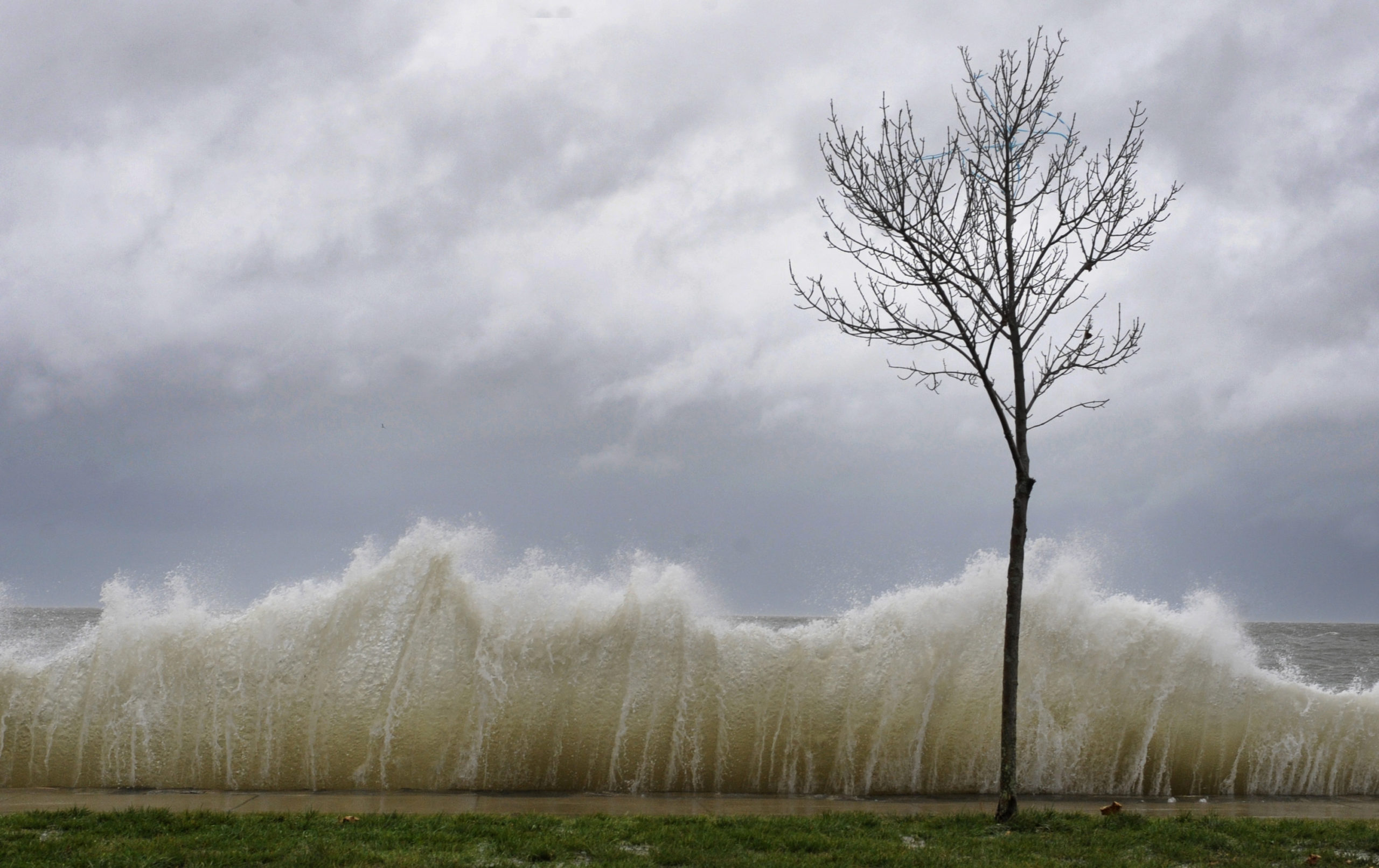
Picture: AP/Jessica Hill
Meanwhile the US Geological Survey is building a huge network down the US East Coast that will deploy sensors at 1000 monitoring sites to track everything from storm surges to barometric pressure in real time. Next time, we’ll know exactly where the water is — and how bad the damage will be.
Better Telephone Booths, Solar Charging Stations and Wi-Fi
One thing many remember from the days after Sandy: The desperation for a charging station. People made do in fascinating ways — and at least one startup took to the streets to help — but the dearth of backup plans injected new considerations into existing city infrastructure plans.

For example, today there are solar-powered phone charging stations going up around the city. And the city’s plans to retrofit its thousands of old payphones include functions focused on broadcasting emergency warnings and allowing New Yorkers to communicate, even when the power is out.
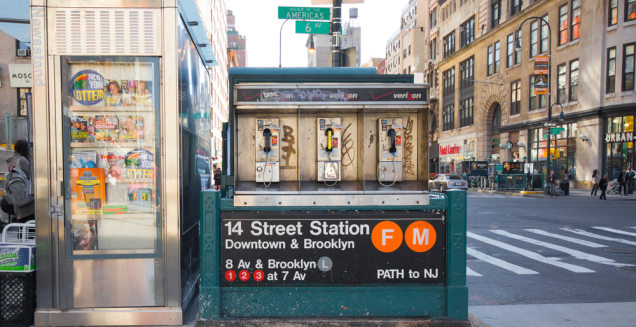
The city recently announced a plan to turn 7000 of those old payphones into a Wi-Fi network, with one official explaining, “while public payphone usage has decreased in recent years, the phones served a critical role during power outages following Hurricane Sandy, as public payphones receive electricity via the phone line and not external power sources.”
It Spurred Extraordinarily Important New Building Projects
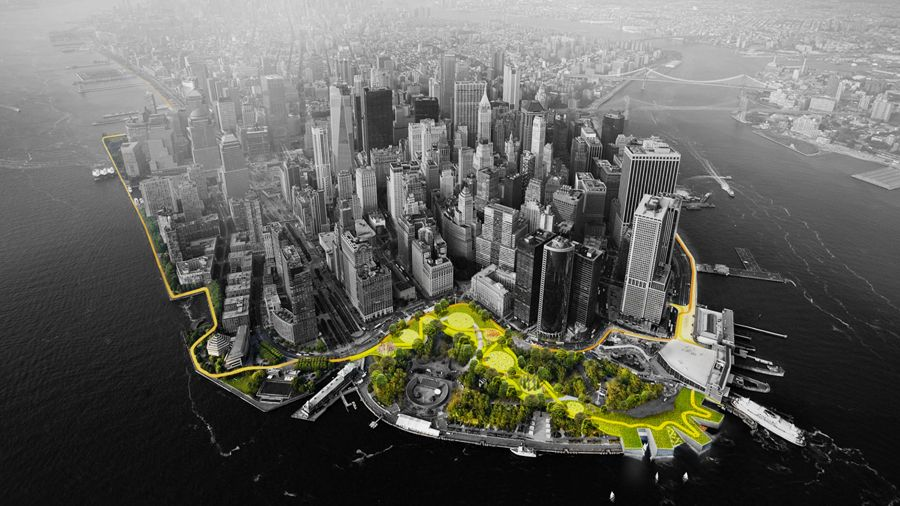
It’s not as though we didn’t know, intellectually, that New York was in danger of storm surges before Sandy. But the storm drove it home in a visceral way that set off a number of major city-scale building project that would have otherwise been unthinkable. The US Department of Housing and Urban Development held a massive design competition called Rebuild by Design, ultimately awarding almost a billion dollars to see projects built.
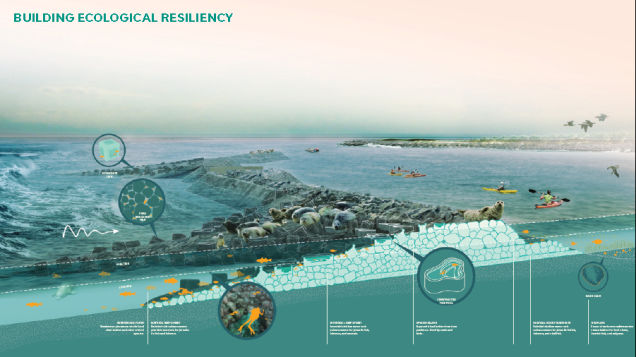
The biggest of those in New York is a 4.8m barrier along a huge swatch of Manhattan’s coast, which will protect the city from surges to a tune of at least $US535 million. Meanwhile, Staten Island is building a $US60 million to build an underwater shelf and oyster reef that will slow the next surge that arrives.
